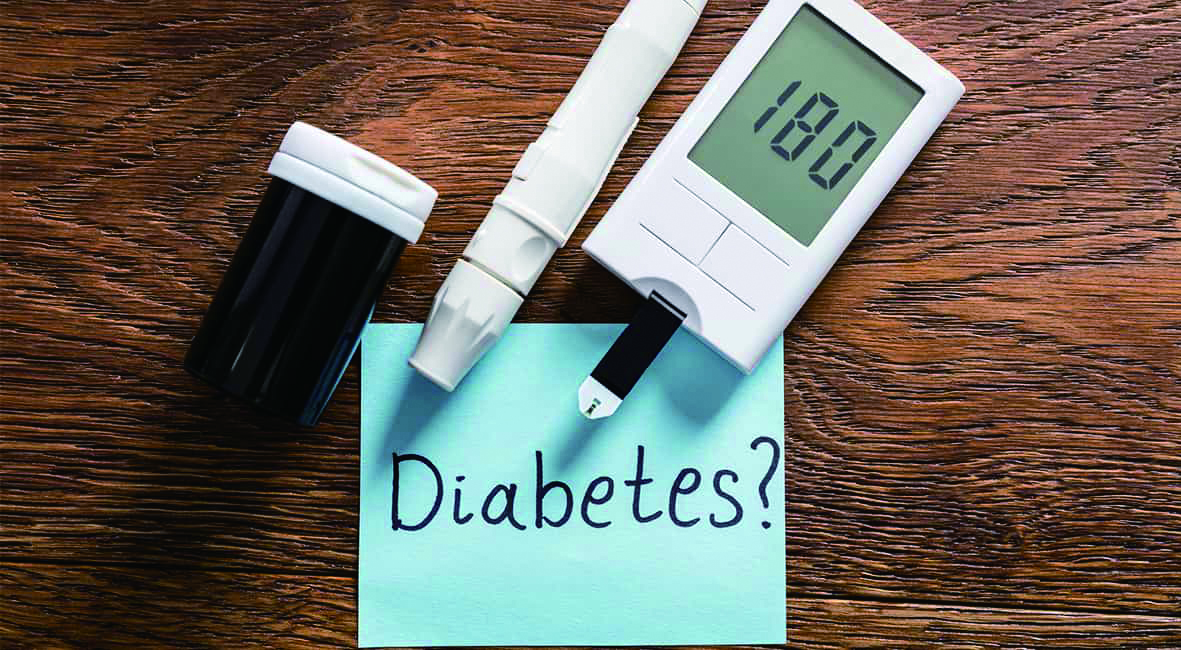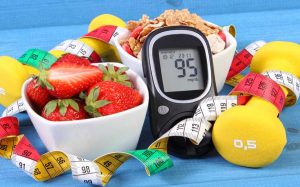
Diabetes Mellitus (Type II)
WHAT IS DIABETES MELLITUS?
A collection of symptoms that arise in a person and are caused by an increase in blood glucose levels due to a progressive decrease in insulin secretion and a background of insulin resistance.
WHAT IS INSULIN?
A hormone produced by the pancreas that is responsible for the entry of glucose into cells so that it can be used as a source of energy.
DM CLASSIFICATION
1. Type 1
a. No insulin, due to pancreatic beta cell damage
b. Common in children
2. Type 2
a. Usually accompanied by insulin resistance
b. Generally in adults, >90% of patients with DM
Another Type
4. Diabetes in pregnancy
DM RISK FACTORS
1. Age >45 years
2. Body mass index >23 kg/m3 accompanied by
a. Habitual inactivity
b. First generation of a parent with DM
c. History of delivering a baby >4000 grams, or DM in pregnancy
d. Hypertension
e. HDL cholesterol < 35mg/dl and or triglycerides
> 250mg/dl
f. Suffering from polycystic ovary syndrome (PCOS)
g. History of impaired glucose tolerance (TGT) or impaired fasting blood glucose
h. History of cardiovascular disease
But we have to be careful, sometimes asymptomatic sama sekali.
NORMAL BLOOD SUGAR
- Fasting 80 - 110mg/dl
- 2 hours after meal, <140mg/dl
DM TREATMENT GOALS
To control blood sugar levels within normal limits, so that complications due to DM can be prevented.
CHRONIC COMPLICATION
Mikrovaskular
- Kidney
- Retina of the eye
Makrovaskular
- Coronary heart
- Blood vessels of the legs
- Blood vessels of the brain
Neuropathy/Nerves
Susceptible to infection
HOW TO LIVE HEALTHY WITH DM?
1. Meal organization
2. Exercise regularly.
3. Medications, both oral and injectable, such as insulin
4. Monitoring and consultation of doctors, educators, dietitians

SIGNS OF HYPOGLYCEMIA
(BLOOD SUGAR LEVELS TOO LOW)
- Blood sugar levels <70mg/dl
– Lemas
– Pusing
- Hunger pangs
- Cold sweat
- Pounding
- Decreased consciousness
FOOT CARE IN PEOPLE WITH DM
Foot abnormalities caused by nerve disorders and
blood vessels, making it easy for infection to occur
Wounds. Things to note
- Feet should always be dry and clean, especially between the fingers.
- Check your feet every day using a mirror
- Don't wear shoes that are too narrow
- Don't cut your nails too short
- Avoid barefoot
- If there is an injury immediately consult a doctor
- Do not use knives or razor blades when cutting nails
CARA MENYUNTIKAN INSULIN
– Cuci tangan anda
– Atur dosis pemberian insulin
- Clean the injection area with an alcohol swab (recommended in the abdomen around the navel)
– Angkat kulit perut, suntikan insulin dengan posisi tegak lurus
– Tahan suntikan 5 detik, lalu baru dicabut jangan di massage / pijat
– Simpan alat suntik pada suhu ruangan
- Wash your hands again



